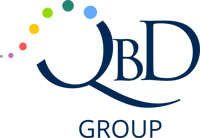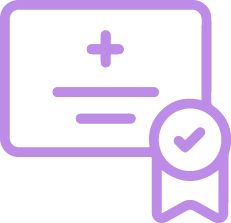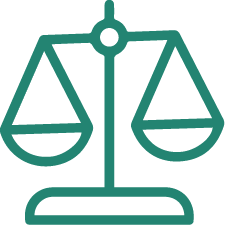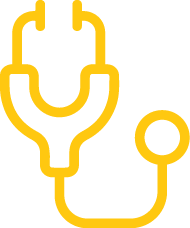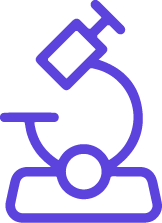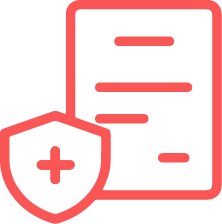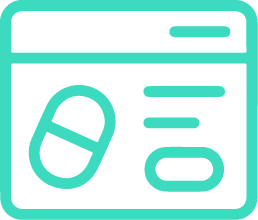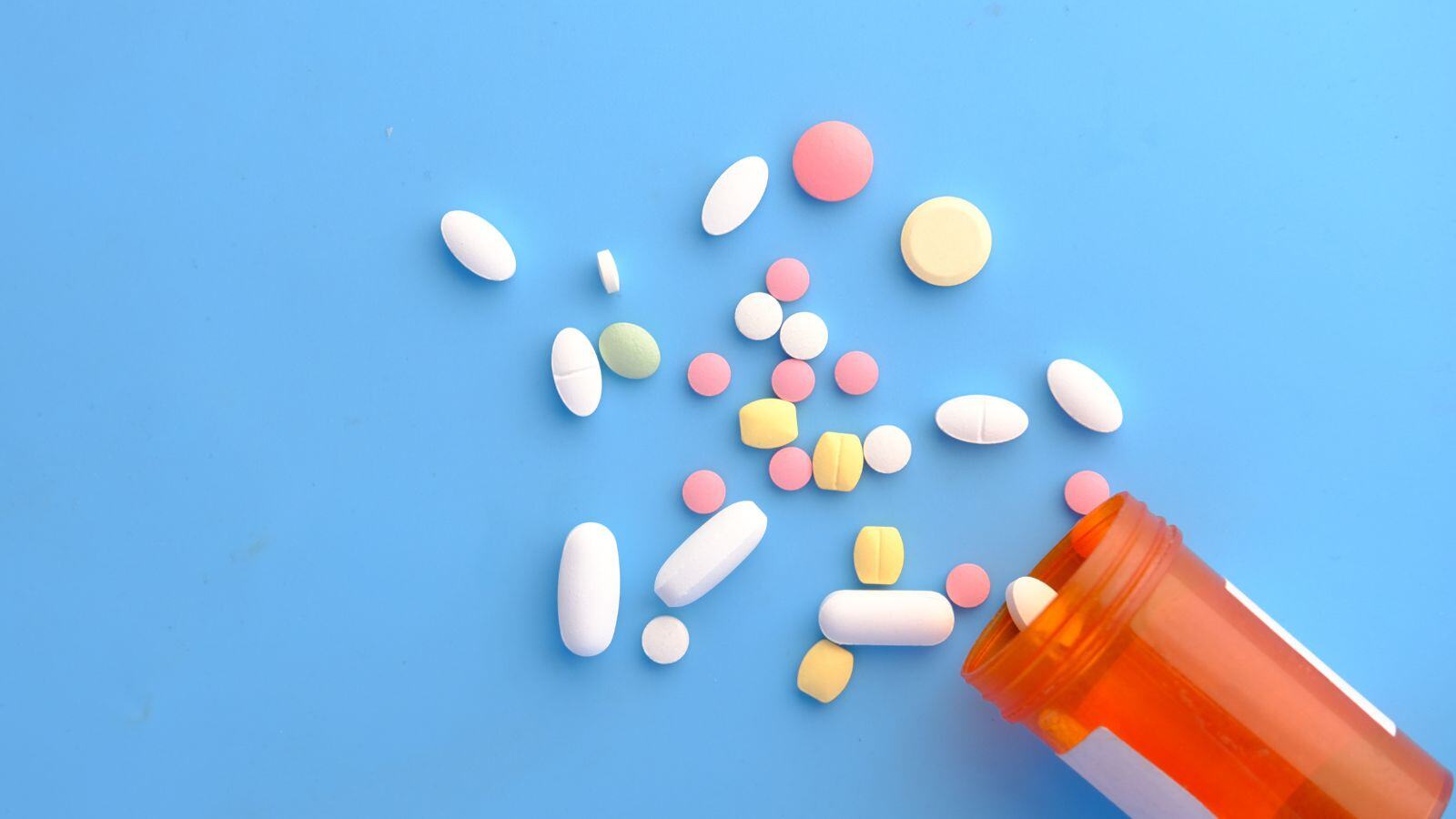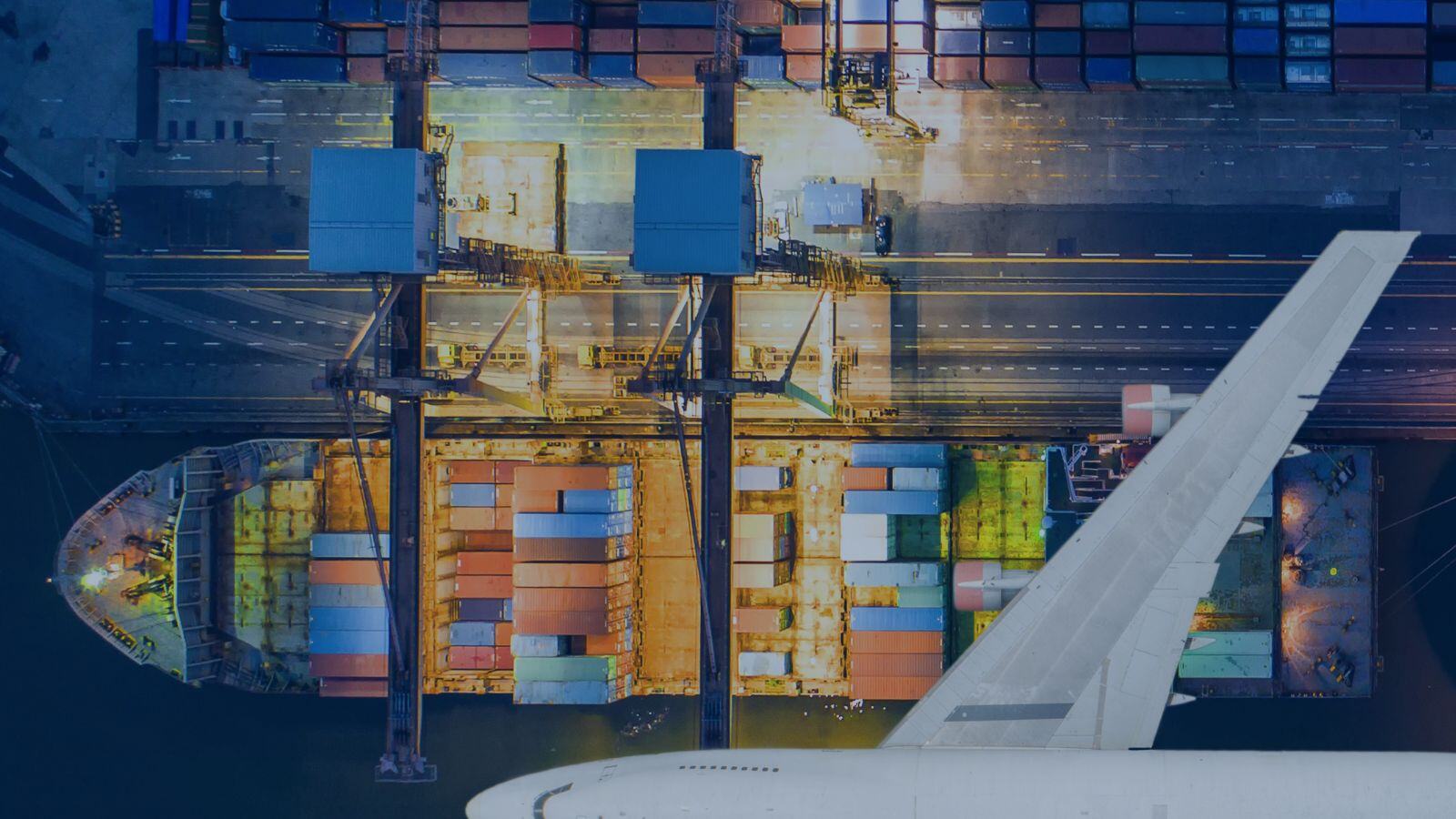Vaccines are among the most powerful tools in modern medicine, but monitoring vaccine safety doesn’t end after approval. Like all medicinal products, vaccines require ongoing vigilance to detect rare or delayed side effects.
In this blog post, we explore how pharmacovigilance systems, ESAVI monitoring, and key EU and global initiatives help ensure the continued safety of vaccines throughout their lifecycle.
What is ESAVI, and why does it matter for vaccine safety?
In the field of vaccine safety, the term ESAVI stands for Events Supposedly Attributable to Vaccination or Immunization. These are adverse events that occur after vaccination and could be linked to the vaccine—even if the connection isn't yet confirmed.
Monitoring ESAVIs helps public health authorities determine whether such events are coincidental or potentially related to the vaccine. It’s a key part of ensuring that the benefit-risk balance of every vaccine remains favorable.
Why monitor vaccines after approval?
Most adverse events appear within the first few months after vaccine administration. However, some may emerge later, especially when vaccines are rolled out to millions of people. Moreover, certain vaccines might not be suitable for individuals with specific allergies or underlying conditions.
To detect these rare or long-term effects, national and international pharmacovigilance systems have been developed. These systems collect and analyze safety data, issue alerts when needed, and ensure appropriate measures are taken.
Pharmacovigilance systems in action
Across Europe, health authorities have strengthened their monitoring of vaccine safety. In Spain, for instance, the AEMPS (Spanish Agency of Medicines and Medical Devices), working with regional authorities and the European Medicines Agency (EMA), plays a key role in collecting and analyzing post-vaccination safety data.
These systems empower regulators to respond quickly and appropriately to safety concerns. By collecting and analyzing post-vaccination data, they can:
- Detect early warning signs of potential risks, such as rare adverse reactions
- Update product information or usage guidelines to reflect new findings
- Maintain transparency and public trust through timely communication and decision-making
Key European and global vaccine safety initiatives
Several organizations and platforms support the effort to monitor vaccine safety across populations:
European Vaccination Information Portal (EVIP)
Developed by the European Centre for Disease Prevention and Control (ECDC), the European Commission, and the EMA, EVIP is a trusted source of up-to-date, science-based information about vaccines.
EVIP aims to inform and empower the public by offering accessible, science-based content. The portal provides:
- Information on different vaccine types and national vaccination schedules
- Overviews of potential adverse effects and how they are tracked
- Explanations of how vaccine safety is monitored across Europe
- Reliable answers to frequently asked questions and concerns
By addressing misinformation and promoting transparency, EVIP supports informed vaccine decision-making throughout Europe.
European Vaccine Initiative (EVI)
EVI supports global vaccine development, with a focus on diseases that disproportionately affect low- and middle-income countries. Its work includes:
- Building a diverse vaccine portfolio
- Fostering collaboration across academia, biotech, policy, and donors
- Driving innovation in vaccine research and development
By doing so, EVI helps advance equitable access to effective, affordable vaccines.
EUVABECO Project
The EUVABECO project aims to support EU Member States with tools that enhance vaccination practices—both now and in the future. By offering flexible, evidence-based systems, EUVABECO helps public health bodies adapt to evolving vaccination needs.
World Health Organization (WHO)
At the global level, the WHO supports vaccine safety by providing countries with a range of tools and services, including:
- Systems for real-time data collection and signal detection
- Coordination support during health emergencies or crises
- Educational materials to support public outreach and vaccine confidence
Together, these efforts promote worldwide consistency in vaccine monitoring and emergency response.
GVP guidelines: vaccines under close watch
The GVP (Good Pharmacovigilance Practices) guidelines define how vaccine safety is monitored across the EU. Module VI specifically focuses on infectious disease vaccines and includes:
- Methods for detecting and validating safety signals
- Clear roles and responsibilities for national and EU-level authorities
- Strategies for minimizing and managing risk across the vaccine lifecycle
This ensures that all vaccines are subject to the same high standards of ongoing evaluation.
Conclusion: a safer future through vigilance
Thanks to the coordinated efforts of public health professionals and regulatory bodies, vaccine pharmacovigilance in Europe is becoming increasingly robust and transparent. Ongoing monitoring, clear communication, and international cooperation are key to maintaining public trust and ensuring that vaccines continue to protect us safely and effectively.
At QbD Group, we support life sciences companies in setting up and optimizing their pharmacovigilance systems—from risk management plans to safety data collection and regulatory compliance. Learn more about our One Vigilance services.
Looking to strengthen your vaccine or drug safety monitoring? Contact our Vigilance experts to explore how we can support your compliance and safety goals.
